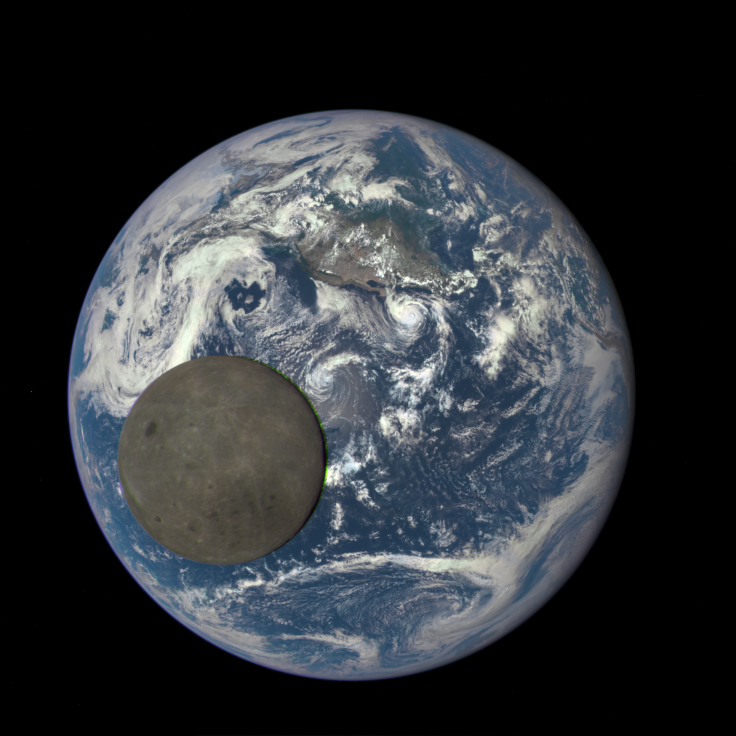Tidally Locked Exoplanets Like Trappist-1 Maybe Quite Common In The Universe

When we look up at the moon, we see the same face each night, with the dark side of the moon always invisible to us. But like the Earth rotates on its axis approximately every 24 hours, the moon has a rotation too. So how does it always appear the same to us?
This happens because the Earth and our only natural satellite are tidally locked. Which is to say, the time it takes for the moon to rotate around its axis is almost the same as the time in which it completes one revolution around Earth (about 27 days). And new research, funded by NASA, suggests the same could be true for many exoplanets, including those that are yet to be found and some — such as the seven planets of the Trappist-1 system — that have already been discovered.
Rory Barnes, an astronomer at the University of Washington, authored a paper titled “Tidal Locking of Habitable Exoplanets” in which he argues that every potentially habitable planet that will be discovered by the Transiting Exoplanet Survey Satellite — NASA’s next planet-hunting satellite — will likely be tidally locked with its star.
According to a statement on the university’s website: “Tidal locking results when there is no side-to-side momentum between a body in space and its gravitational partner and they become fixed in their embrace. Tidally locked bodies such as the Earth and the moon are in synchronous rotation, meaning that each takes exactly as long to rotate around its own axis as it does to revolve around its host star or gravitational partner.”
Barnes began by questioning a fundamental assumption made by scientists who worked on rotation periods of exoplanets. This assumption is based on the theory of the moon being formed when a Mars-sized object slamming into Earth. The impact is thought to have set the Earth spinning in its early days at a speed that would make the days only 12 hours long instead of the current 24. Researchers traditionally used that 12-hour estimation to model how Earth-like exoplanets would behave.
“What I did was say, maybe there are other possibilities — you could have slower or faster initial rotation periods,” Barnes said in the statement Monday. “You could have planets larger than Earth, or planets with eccentric orbits — so by exploring that larger parameter space, you find that in fact, the old ideas were very limited, there was just one outcome there.”
As an example, he said if Earth had formed without the moon and with one day being about 96 hours long, a planetary model shows the planet would by now be tidally locked to the sun.
“These results suggest that the process of tidal locking is a major factor in the evolution of most of the potentially habitable exoplanets to be discovered in the near future,” Barnes said. “I think the biggest implication going forward is that as we search for life on any exoplanets we need to know if a planet is tidally locked or not.”
This is because tidal locking of planets to their stars has the potential to affect its habitability. If the same side of the planet always faces its star, the stellar radiation received by the planet was thought to lead to extremes that would make the possibility of life on it very remote. However, that view has since evolved to include other factors like the planets’ atmosphere, which could shield them from the harmful effects of the radiation, with winds that blow across the planets’ surface moderating the climate and potentially allowing life to exist.
Barnes’ paper has been accepted for publication in the journal Celestial Mechanics and Dynamical Astronomy. It is currently available online on the preprint server arXiv.
© Copyright IBTimes 2024. All rights reserved.





















